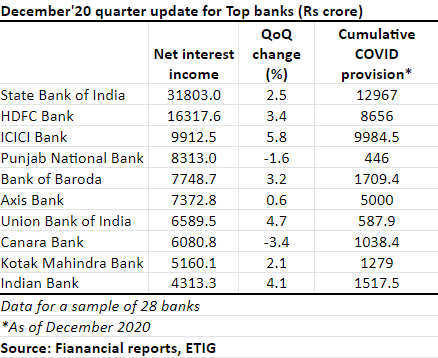The Centre may have to amend at least two banking laws to take forward its Budget announcement of privatisation of two public sector lenders.
While the Centre is yet to decide on the two public sector banks it will privatise in 2021-22, multiple sources said it is clear that the government will have to bring changes to what are popularly known as bank nationalisation laws — the Banking Companies (Acquisition and Transfer of Undertakings) Act, 1970 and the Banking Companies (Acquisition and Transfer of Undertakings) Act, 1980.
Although the Finance Minister had said the legislative changes will happen in the ongoing Budget session itself, indications are that the amendments will be brought only in the monsoon session of Parliament given the crowded legislative agenda for the second part of the Budget session beginning March 8 and ending on April 8.
It may be recalled that Finance Minister Nirmala Sitharaman had in her recent Budget speech said: “Other than IDBI Bank, we propose to take up the privatisation of two public sector banks and one general insurance company in the year 2021-22.”
Financial Services Secretary Debasish Panda had recently said that any of the 12 public sector banks could qualify for privatisation. He had said the names would be decided based on a three-committee-level process involving the NITI Aayog, the Core Group of Secretaries and the alternative mechanism for final approval.
Panda expressed confidence that banks that are now under the RBI’s prompt corrective action (PCA) framework would come out of it by March and be considered for privatisation.
‘Nil info’ on banks to be privatised
Meanwhile, the NITI Aayog, in a response (seen by BusinessLine) to a Right to Information (RTI) request (made on February 2), said (on February 15) that it had “nil information” on the banks that are to be privatised per the Budget proposal. Also, the government think-tank made it clear that its recommendations on Central Public Sector Enterprises (CPSEs) do not include any public sector bank. This was in response to a query on what the recommendations of the NITI Aayog are for privatisation of public sector banks and which two banks have been recommended for privatisation.
To another question, the NITI Aayog made it clear that the Cabinet has not yet approved any specific policy on privatisation of public sector banks. Any policy matter with respect to public sector banks is dealt by the Department of Financial Services, it said.
In her recent Budget speech, the Finance Minister had said that she was asking the NITI Aayog to work out the next list of central public sector entities that would be taken up for strategic disinvestment.



